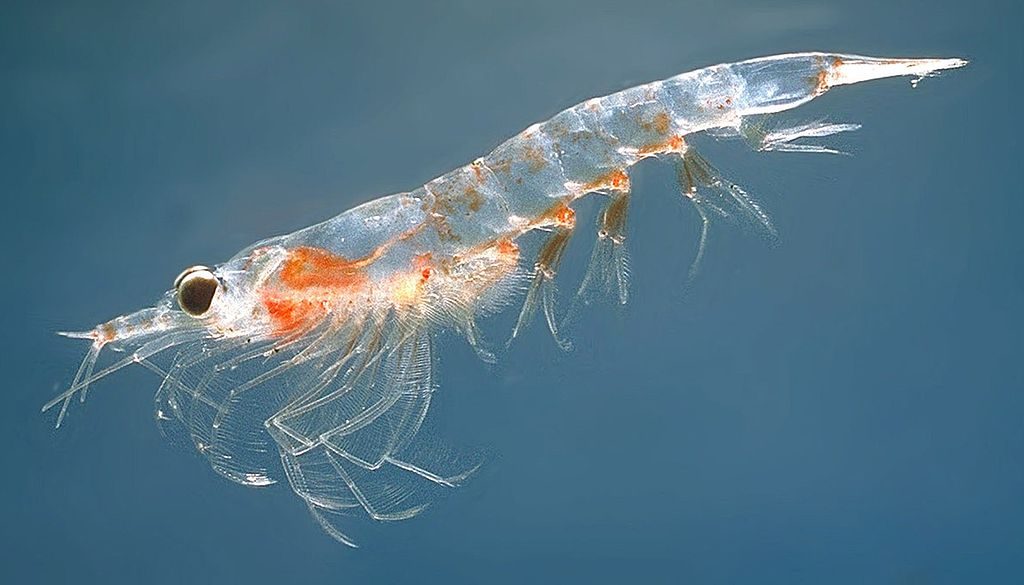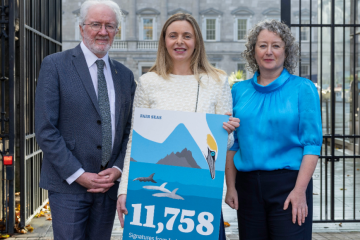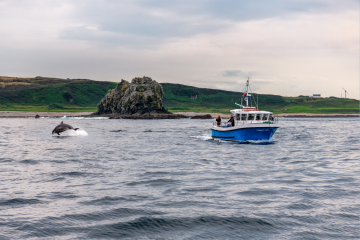Krill may be breaking microplastics down into even smaller particles in our seas

March 12th, 2018
Krill may be reducing the amount of microplastic in the oceans through their digestive system, creating nanoplastics in their place, a new study has found.
The study in Nature Communications found that the small crustaceans – a staple in the diet of seals, whales, squid, and penguins – are capable of digesting microplastics and breaking them down into nanoplastics.
Microplastics are small plastic fragments that commonly originate from the breakdown of larger plastic items, as well as fibres from clothing and microbeads in personal care products.
According to the European Food Safety Authority, more research is needed on nanoplastics as they can penetrate all kinds of tissues, eventually ending up in cells, and potentially causing health problems.
During the study, the researchers exposed Antarctic krill to microplastics mixed with algal foods, to determine how microplastics were digested by a crustacean whose diet tends to be very flexible.

Northern krill Photo: Oystein Paulsen
The krill diet included both a high diet (rich in microplastic) and a low one (rich in algae). The project was conducted in the Australian Antarctic Division`s aquarium in Hobart, Australia.
Krill`s were efficient at digesting microplastics during the beginnings of each exposure, but this efficiency decreased as they consumed more plastic.
Though all plastics eventually break down into the oceans, the krill are advancing the process, according to the researchers.
Researchers also raised the question about the potential impact on smaller species as the krill breakdown microplastics which then can become available for smaller organisms.
“The phenomena of digestive fragmentation has never before been reported in other planktonic crustaceans despite the facts that many possess similar gastric mills and mouthparts designed for mechanical disruptions,” said lead researcher, Dr Amanda Dawson.
“Current contamination levels in the Southern Ocean are theoretically low enough to promote efficient digestive fragmentation by krill species, and in a global context, possibly for other zooplankton with sufficiently developed gastric mills,’’ said Dr Dawson.
A new Irish study released last month revealed that the rate of ingestion of microplastics by deepwater fish in the Northwest Atlantic Ocean is among the highest in the world.
The NUI Galway (NUIG) study found that 73 per cent out of 233 deepwater fish examined had ingested plastic particles, causing internal damage, inflammation of intestines, reduced feeding and other effects.
[x_author title=”About the Author”]







